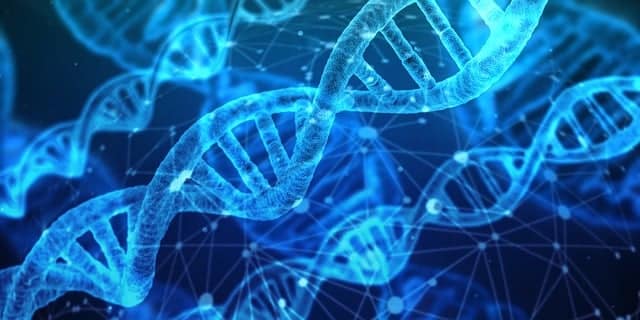
Reply can be used with reference to refute or refute .
Replicate is a verb whose etymological origin is found in the Latin replicāre . It is the action of rejecting or refuting an argument through a response that evidences said opposition.
For example: "The deputy was quick to replicate the journalist's statements" , "I don't think anyone can replicate my statements since they are nothing more than the pure truth" , "If you intend to replicate Manfirolli's statements, do so with solid arguments" .
Reply as refute or refute
It can be said that replying consists of responding with a contrary opinion .
Suppose that the mayor or mayor of a city states in journalistic statements that insecurity has decreased in the region. An opposition politician, faced with these words, decides to reply to the mayor, ensuring that the number of crimes in the city grew by 14.9% in the last year. To support his statements, he displays a report prepared by a consulting firm.

Replying DNA involves duplicating it.
The term associated with DNA
Formerly, replicate was used as a synonym for repeat or reproduce . Today, a process that leads deoxyribonucleic acid to duplicate is known as DNA replication . This allows a DNA molecule to have an exact copy.
This DNA duplication process follows a semiconservative mechanism, that is, when the two original complementary DNA strands are separated, they are used as templates for the creation of a new one, so that each new double helix has one of the strands of the original.
Thanks to the fact that the bases of the sequence of each DNA strand complement each other, the formation of an identical replica is possible. In this way, the genetic information of a mother cell can be transmitted to the daughters, and it serves as the basis for the inheritance of genetic material. One of the basic concepts of this phenomenon is the origin of replication , since it is the point on the chromosome at which the duplication process begins.
In other words, the origin of replication is a specific nucleotide sequence from which the development of a replication fork takes place, the junction that gives rise to the two new strands of DNA. Prokaryotes generally have a single origin of DNA replication; Eukaryotes, for their part, usually have several per chromosome, thanks to which replication takes place at a speed according to the length of their DNA chains. When multiple origins are observed, it is called a replication bubble .
Replicate how to reproduce
Due to this meaning of the idea of replicating, there can still be a use of the concept linked to the repetition , reproduction or simulation of something . That is why it is indicated that a flight simulator allows you to replicate the flight conditions that exist in reality: the pilot who uses the simulator must face the same situations that occur in an airplane that is flying at thousands of meters high.
When attempting to replicate scenarios and conditions of nature, it is essential to have a series of specific knowledge obtained as a result of observation and experimentation in various fields. A flight simulator, to continue with the previous example, must reproduce with a high degree of precision both the operation of the aircraft and the characteristics of the environment, especially the weather.
Replicating climatic conditions and the behavior of the wind is a very complex process, which science can do with increasing accuracy, partly due to the technological advances at its disposal, but also given the new discoveries in physics , where we can find the meteorology. The replica of a miniature vehicle, on the other hand, gives rise to creations of great interest to collectors and motorsport lovers, and requires detailed knowledge of the original models, both their proportions and the relationship between each of them. its components.
